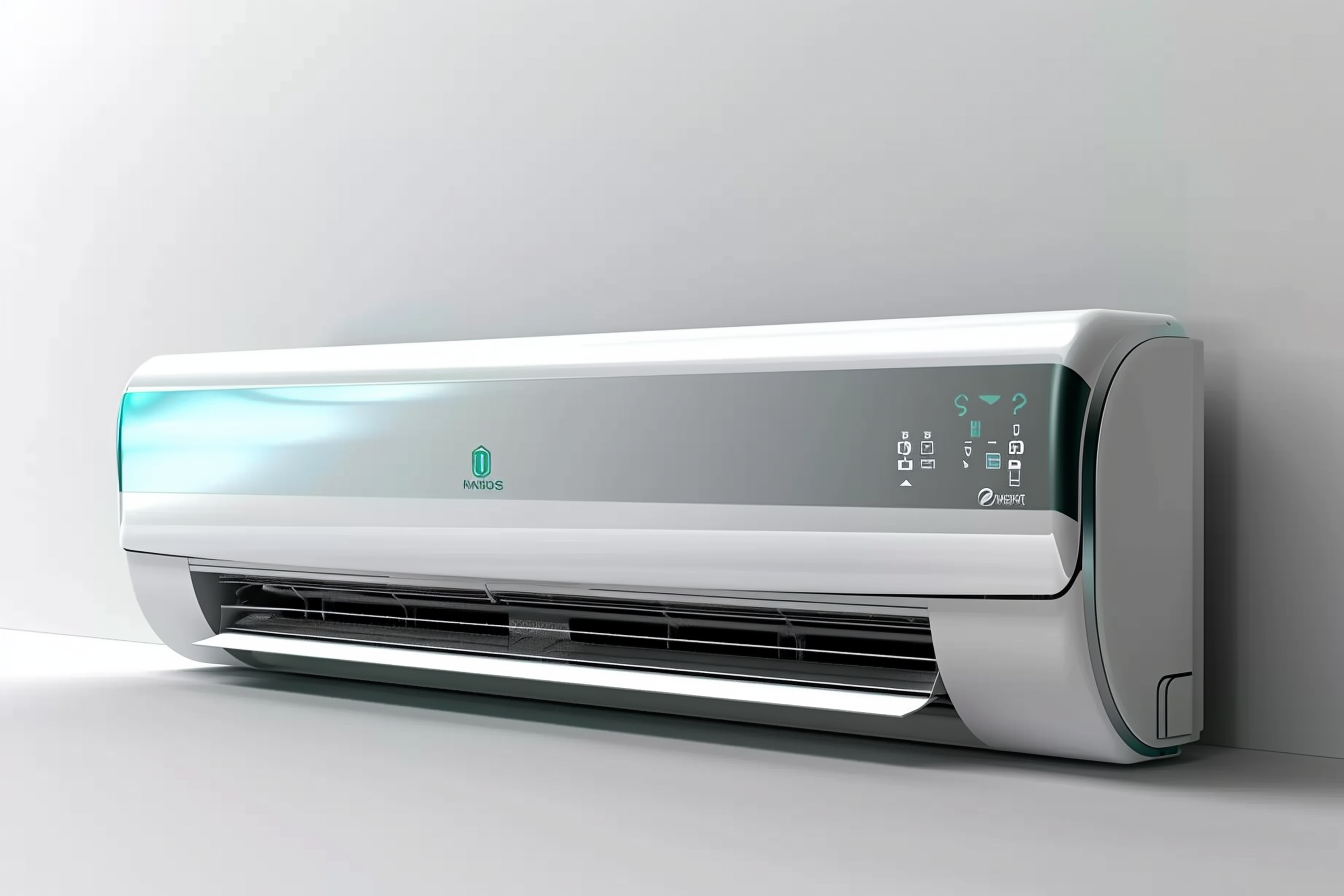Essential Furnace Maintenance and Efficiency for Winter Comfort
As winter approaches, your heating system becomes the backbone of home comfort. A well-maintained heating system not only keeps your family warm during harsh weather but also operates more efficiently, reducing energy costs and preventing unexpected breakdowns. Understanding proper maintenance practices, efficiency optimization, and supplemental heating options can transform your winter experience from costly and stressful to comfortable and economical.

Winter heating demands can strain even the most robust systems, making proper preparation essential for homeowners across the United States. From routine maintenance schedules to smart technology integration, understanding how to optimize your heating system ensures reliable performance throughout the coldest months.
Why Routine Maintenance Is Crucial for Winter Performance
Regular maintenance forms the foundation of reliable winter heating. Professional technicians recommend annual inspections before heating season begins, typically in early fall. During these service visits, technicians clean or replace air filters, inspect heat exchangers for cracks, test safety controls, and verify proper combustion. Clean filters alone can improve efficiency by 5-15%, while properly calibrated thermostats ensure consistent temperatures without energy waste.
Neglecting maintenance often leads to reduced efficiency, higher utility bills, and potential safety hazards. Carbon monoxide leaks, though rare, can occur in poorly maintained systems with cracked heat exchangers or blocked vents. Regular maintenance also extends equipment lifespan, with well-maintained systems lasting 15-20 years compared to 10-15 years for neglected units.
Essential Winter Maintenance and Efficiency Tips
Beyond professional service, homeowners can perform several maintenance tasks to maintain peak efficiency. Monthly filter changes during heating season prevent airflow restrictions that force systems to work harder. Clearing debris from outdoor units and ensuring proper clearance around indoor equipment promotes adequate ventilation.
Thermostat programming significantly impacts efficiency. Setting temperatures 7-10 degrees lower when away from home can reduce heating costs by 10% annually. Sealing air leaks around windows, doors, and ductwork prevents heated air from escaping, reducing system workload. Proper insulation in attics, basements, and crawl spaces maintains consistent indoor temperatures with less energy consumption.
Maximizing Heating Efficiency with Smart Technology
Modern smart thermostats offer advanced features that optimize heating efficiency beyond traditional programmable models. These devices learn household patterns, adjust temperatures based on occupancy, and provide detailed energy usage reports. Some models integrate with weather forecasts to pre-adjust settings for incoming temperature changes.
Smart zoning systems allow different temperature control for various home areas, heating only occupied spaces. Variable-speed blower motors adjust airflow based on heating demands, consuming less electricity than single-speed alternatives. Smart vents can automatically open or close to direct airflow where needed, further enhancing efficiency.
Smart Supplemental Heating Sources for Home Comfort
Supplemental heating options can reduce strain on primary systems while providing targeted comfort. Electric space heaters work well for heating single rooms, allowing lower whole-house thermostat settings. Modern ceramic and infrared heaters offer improved safety features and energy efficiency compared to older models.
Heat pumps serve as excellent supplemental sources in moderate climates, providing both heating and cooling capabilities. Mini-split systems offer zone-specific temperature control without ductwork modifications. Radiant floor heating provides comfortable, even heat distribution in specific areas like bathrooms or kitchens.
| Service Type | Provider | Cost Estimation |
|---|---|---|
| Annual Maintenance | Carrier | $150-$300 |
| Annual Maintenance | Trane | $175-$350 |
| Annual Maintenance | Lennox | $160-$320 |
| Smart Thermostat Installation | Nest Pro | $200-$400 |
| Duct Sealing Service | Local HVAC Companies | $300-$800 |
| Heat Pump Installation | Mitsubishi Electric | $3,000-$8,000 |
Prices, rates, or cost estimates mentioned in this article are based on the latest available information but may change over time. Independent research is advised before making financial decisions.
Proactive Care and Winter Home Safety Measures
Safety considerations extend beyond equipment maintenance to include proper ventilation and carbon monoxide detection. Installing carbon monoxide detectors near sleeping areas and heating equipment provides early warning of potential leaks. Keeping vents and registers clear of furniture, curtains, and debris ensures proper airflow and prevents overheating.
Emergency preparedness includes knowing how to safely shut off gas supplies and having backup heating plans for power outages. Keeping emergency supplies like blankets, flashlights, and battery-powered radios readily available helps families stay safe during heating system failures or severe weather events.
Regular inspection of chimney and venting systems prevents dangerous blockages that could cause carbon monoxide buildup. Professional chimney cleaning and inspection should occur annually for homes with fireplaces or wood-burning stoves used as supplemental heating sources.
Preparing your heating system for winter involves combining professional maintenance, smart technology integration, and proactive safety measures. By implementing comprehensive maintenance schedules, utilizing efficiency-enhancing technologies, and incorporating appropriate supplemental heating sources, homeowners can ensure reliable, cost-effective comfort throughout the heating season. These investments in proper care and modern solutions typically pay for themselves through reduced energy costs and prevented emergency repairs.




